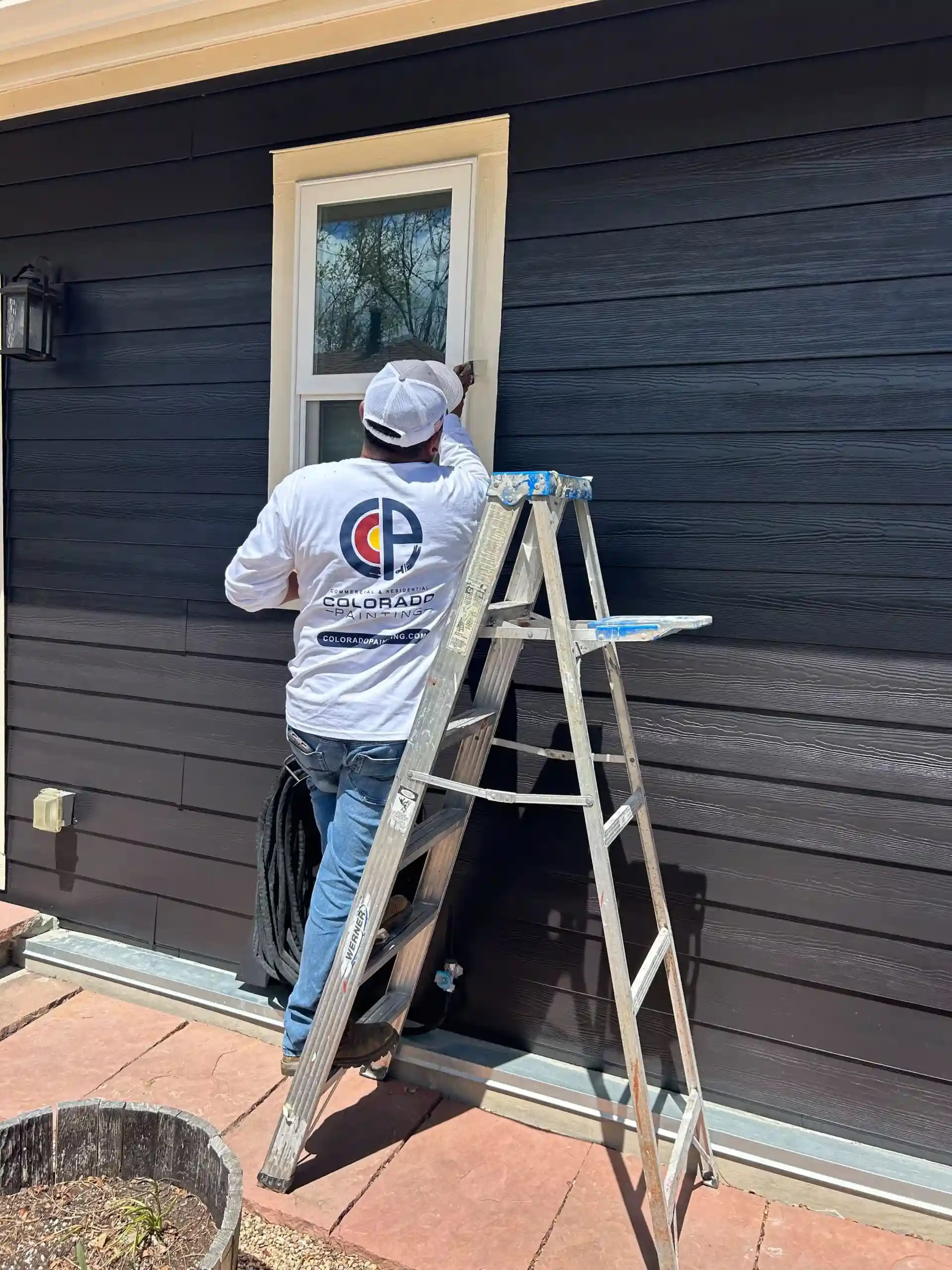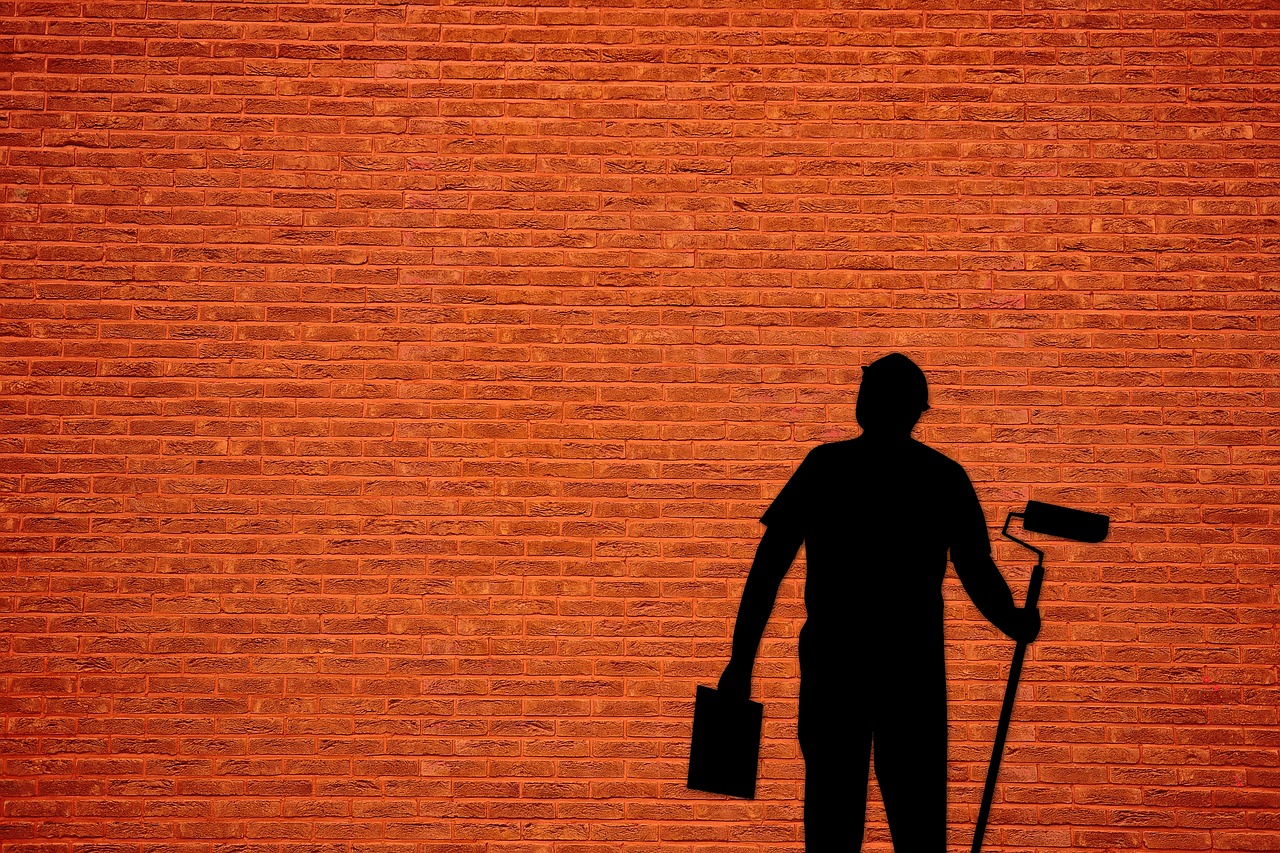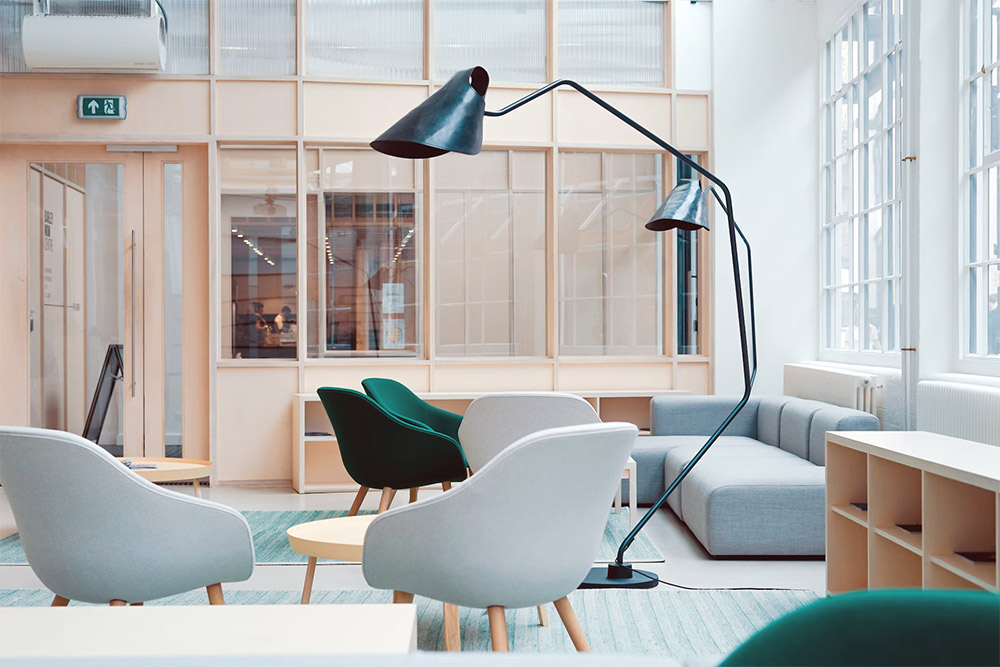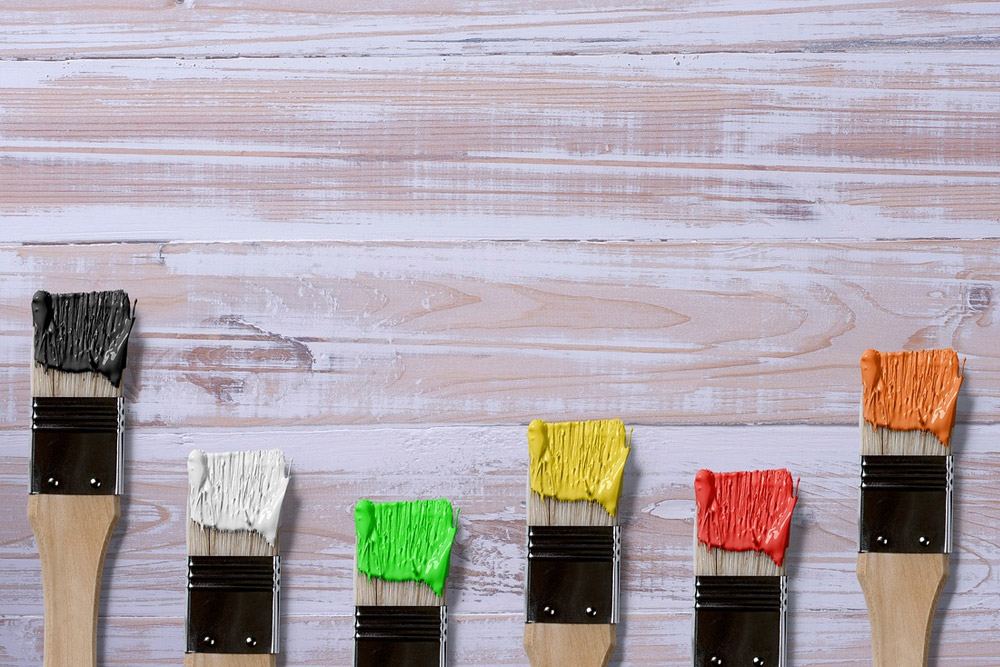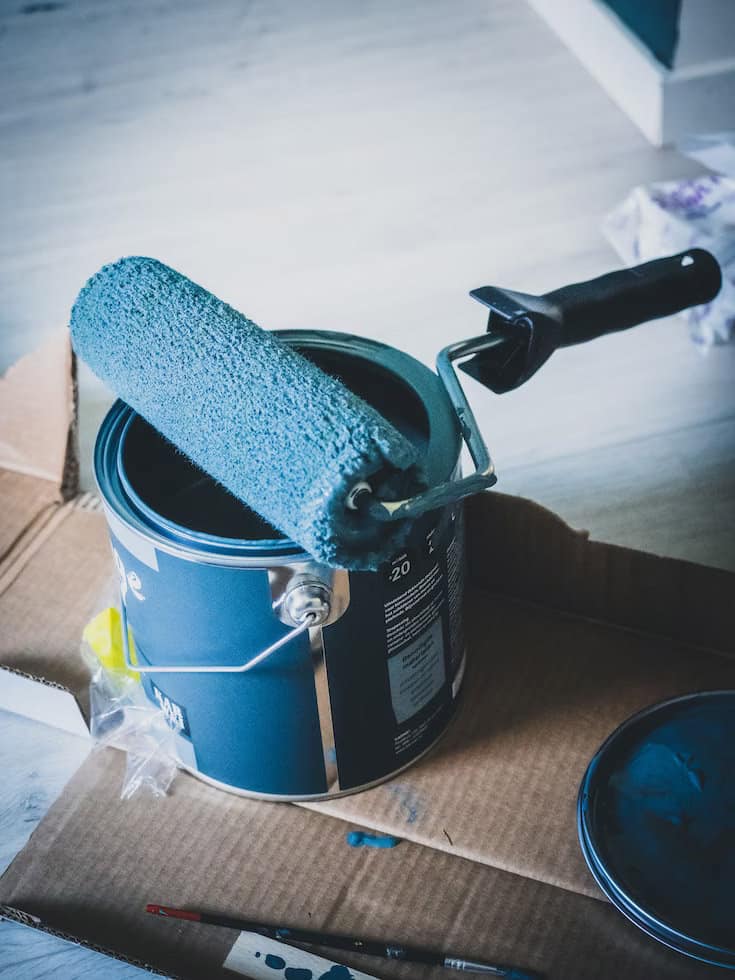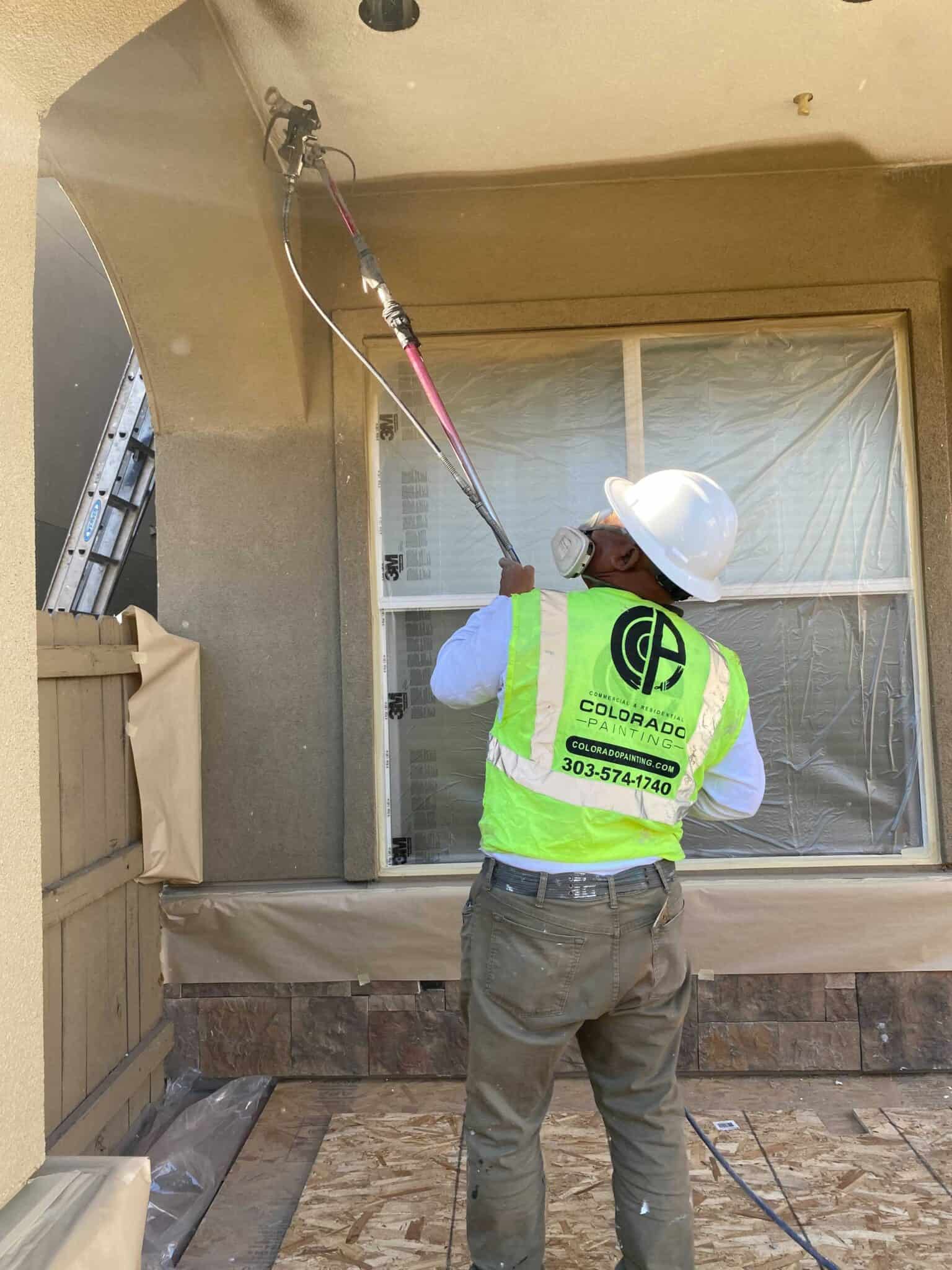When planning a painting project, choosing the right contractor can be the difference between a smooth experience and a stressful one. It’s important to choose…
Google Rating
5.0
Based on 315 reviews

Colorado Commercial & Residential Painting
5.0

Chris and C.
1764035758
Very happy we chose Colorado Com and Res, they did a fantastic job and the workers on site were awesome.... Supervisor was on site throughout the job which we really appreciate.read more

Morgan F.
1762526862
We had such a great experience with Colorado Commercial and Residential Painting! From start to finish, the... team was organized, professional, and incredibly easy to work with. They provided helpful advice on paint types and colors, worked within our budget, and were completely transparent about pricing throughout the entire process.Their attention to detail really shows — the woodwork they did blends beautifully with our existing panels, and the overall finish looks amazing. During the final walk-through, they were responsive and kind about addressing any small touch-ups we noted, fixing everything promptly and without hesitation or judgment.We couldn’t be happier with how everything turned out. Highly recommend Colorado Commercial and Residential Painting to anyone looking for high-quality, reliable painters who truly care about their work!read more

Charles P.
1761661382
They did an exceptional job. Very happy! Great price, great job, great people. They even moved my job up... to meet my schedule.read more

D
1761182809
Prompt, professional, fixed minor nail and shutter issues with the paint job. Had 5 guys and took only 3 days... for a big jkb.read more

Danny M.
1760722566
We just had our exterior house painted and are very pleased with the entire experience from sales to repairs... and paint and clean up ! Very professional and communication was great!read more

Ron B.
1760458786
This company was great from start to finish. The initial pricing was great and scheduling was quick. The... craftsmanship was excellent. We are very impressed with the finish product. They painted our entire house, including ceilings in about a week and left it cleaner than when they started.read more

Trevor C.
1760413497
Truly Exceptional Service!We recently had our entire home (exterior) painted by Colorado Commercial and... Residential Painting, and the results were amazing. The house looks perfect. We couldn't recommend them any higher!From start to finish, the entire experience was flawless. The team was incredibly professional, highly efficient, and remarkably fast, completing the job with meticulous attention to detail while minimizing disruption to our daily life.A special shout-out to Osman and his entire crew. They made sure every single detail was finalized to our complete satisfaction. They truly went above and beyond to deliver a perfect finish.If you are looking for painting professionals who combine incredible speed with uncompromising quality and top-tier professionalism, you must choose this company. They deliver on every promise.read more

Jeff K.
1759853340
Colorado Commercial & Residential Painting did a great job and would highly recommend them.


Travis
1759259611
Colorado Painting was super easy to work with and they did an excellent job. The project was completed... quickly and with no issues. I would highly recommend Colorado Painting.read more

zoe R.
1759258702
Could not be happier with my experience!! The crew was kind, professional, and very punctual. not to... mention the attention to detail, which was fabulous. The salesman and project manager were very knowledgeable and helpful, and I love the way my house turned out! I'll be recommending Colorado Painting to my friends and family for sure.read more

Lois R.
1759255764
The Colorado Painting team was amazing! Quick, clean, professional, and friendly. They helped pick colors... and we couldn't be happier with the outcome. Highly recommend these guys.read more

Michael H.
1759157165
We recently had the interior of our home painted and couldn’t be happier with the results. The crew was... professional and paid great attention to detail. The whole process was easy and I would highly recommend them!read more

Katie F.
1759118044
Their price was comparable to other companies but the service & results were above and beyond. Love the... painting job on our house years later!read more

Kelly F.
1758924133
Painted our odd shaped vaulted ceiling entryway and bathroom! We were extremely pleased with the results. ... They repaired weathered trim around skylight and vaulted shelf. Looks amazing. Quick, efficient, professional job! Love these guys!read more

Paul F.
1758923641
Everybody we worked with was extremely qualified, knowledgeable and helpful. They went above and beyond! We... highly recommend this company and will definitely use them again!read more


Malak D.
1758219588
I had an amazing experience with this painting company from start to finish. The team was professional,... punctual, and extremely detail-oriented. They took the time to properly prep the space, protect my furniture, and ensure everything was neat and clean throughout the job. The quality of their work is outstanding smooth finishes, sharp lines, and even coverage that completely transformed the look of my home. What really stood out was their communication. They explained the process clearly, answered all of my questions, and kept me updated each step of the way. The crew was respectful, friendly, and finished the project on schedule. I couldn’t be happier with the results the rooms look brand new! I highly recommend this company to anyone looking for reliable painters who truly care about their craft and their customers.read more

Faith K
1758170851
This place is the real deal! They know everything when it comes to paint and are professional through it all.... If you’re around Denver DEFINITELY reach outread more

Hanna A.
1758170007
I don’t often leave reviews, but these guys are out of this world. All the guys were incredibly professional... and nice. They quoted me a good price and made sure I was 100% happy with the job when they were done. I know that if I wasn’t, they would have done anything to fix it, luckily I was more than pleased! I recommend them to everyone!read more
Blog
Get a free quoteWhat Our Painting Customers Say



























Ready to Get Started?
We can’t wait to hear from you. Contact The Best Denver Painting Contractors today!

Google Rating
5.0
Based on 315 reviews

Colorado Commercial & Residential Painting
5.0

Chris and C.
1764035758
Very happy we chose Colorado Com and Res, they did a fantastic job and the workers on site were awesome.... Supervisor was on site throughout the job which we really appreciate.read more

Morgan F.
1762526862
We had such a great experience with Colorado Commercial and Residential Painting! From start to finish, the... team was organized, professional, and incredibly easy to work with. They provided helpful advice on paint types and colors, worked within our budget, and were completely transparent about pricing throughout the entire process.Their attention to detail really shows — the woodwork they did blends beautifully with our existing panels, and the overall finish looks amazing. During the final walk-through, they were responsive and kind about addressing any small touch-ups we noted, fixing everything promptly and without hesitation or judgment.We couldn’t be happier with how everything turned out. Highly recommend Colorado Commercial and Residential Painting to anyone looking for high-quality, reliable painters who truly care about their work!read more

Charles P.
1761661382
They did an exceptional job. Very happy! Great price, great job, great people. They even moved my job up... to meet my schedule.read more

D
1761182809
Prompt, professional, fixed minor nail and shutter issues with the paint job. Had 5 guys and took only 3 days... for a big jkb.read more

Danny M.
1760722566
We just had our exterior house painted and are very pleased with the entire experience from sales to repairs... and paint and clean up ! Very professional and communication was great!read more

Ron B.
1760458786
This company was great from start to finish. The initial pricing was great and scheduling was quick. The... craftsmanship was excellent. We are very impressed with the finish product. They painted our entire house, including ceilings in about a week and left it cleaner than when they started.read more

Trevor C.
1760413497
Truly Exceptional Service!We recently had our entire home (exterior) painted by Colorado Commercial and... Residential Painting, and the results were amazing. The house looks perfect. We couldn't recommend them any higher!From start to finish, the entire experience was flawless. The team was incredibly professional, highly efficient, and remarkably fast, completing the job with meticulous attention to detail while minimizing disruption to our daily life.A special shout-out to Osman and his entire crew. They made sure every single detail was finalized to our complete satisfaction. They truly went above and beyond to deliver a perfect finish.If you are looking for painting professionals who combine incredible speed with uncompromising quality and top-tier professionalism, you must choose this company. They deliver on every promise.read more

Jeff K.
1759853340
Colorado Commercial & Residential Painting did a great job and would highly recommend them.


Travis
1759259611
Colorado Painting was super easy to work with and they did an excellent job. The project was completed... quickly and with no issues. I would highly recommend Colorado Painting.read more

zoe R.
1759258702
Could not be happier with my experience!! The crew was kind, professional, and very punctual. not to... mention the attention to detail, which was fabulous. The salesman and project manager were very knowledgeable and helpful, and I love the way my house turned out! I'll be recommending Colorado Painting to my friends and family for sure.read more

Lois R.
1759255764
The Colorado Painting team was amazing! Quick, clean, professional, and friendly. They helped pick colors... and we couldn't be happier with the outcome. Highly recommend these guys.read more

Michael H.
1759157165
We recently had the interior of our home painted and couldn’t be happier with the results. The crew was... professional and paid great attention to detail. The whole process was easy and I would highly recommend them!read more

Katie F.
1759118044
Their price was comparable to other companies but the service & results were above and beyond. Love the... painting job on our house years later!read more

Kelly F.
1758924133
Painted our odd shaped vaulted ceiling entryway and bathroom! We were extremely pleased with the results. ... They repaired weathered trim around skylight and vaulted shelf. Looks amazing. Quick, efficient, professional job! Love these guys!read more

Paul F.
1758923641
Everybody we worked with was extremely qualified, knowledgeable and helpful. They went above and beyond! We... highly recommend this company and will definitely use them again!read more


Malak D.
1758219588
I had an amazing experience with this painting company from start to finish. The team was professional,... punctual, and extremely detail-oriented. They took the time to properly prep the space, protect my furniture, and ensure everything was neat and clean throughout the job. The quality of their work is outstanding smooth finishes, sharp lines, and even coverage that completely transformed the look of my home. What really stood out was their communication. They explained the process clearly, answered all of my questions, and kept me updated each step of the way. The crew was respectful, friendly, and finished the project on schedule. I couldn’t be happier with the results the rooms look brand new! I highly recommend this company to anyone looking for reliable painters who truly care about their craft and their customers.read more

Faith K
1758170851
This place is the real deal! They know everything when it comes to paint and are professional through it all.... If you’re around Denver DEFINITELY reach outread more

Hanna A.
1758170007
I don’t often leave reviews, but these guys are out of this world. All the guys were incredibly professional... and nice. They quoted me a good price and made sure I was 100% happy with the job when they were done. I know that if I wasn’t, they would have done anything to fix it, luckily I was more than pleased! I recommend them to everyone!read more


